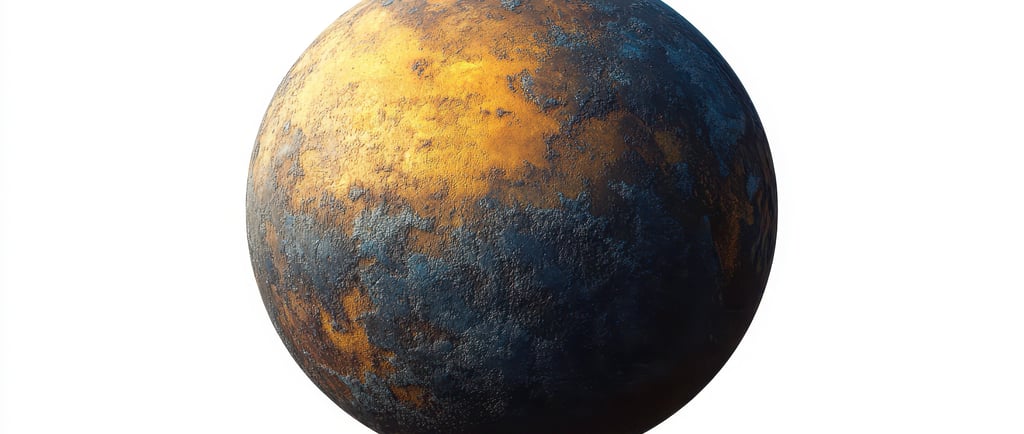Evaporating Gliese 436b orbiting the red dwarf


Introduction to Exoplanets
In recent years, the field of astronomy has expanded significantly, leading to the discovery of thousands of exoplanets, or planets outside our solar system. Among these celestial bodies is Gliese 436b, a fascinating exoplanet that has garnered considerable interest due to its unique characteristics and location.
Characteristics of Gliese 436b
Gliese 436b orbits the red dwarf star Gliese 436, situated approximately 33 light-years away from Earth in the constellation of Leo. This intriguing world is classified as a hot Neptune, a type of exoplanet that is similar in size to Neptune but significantly warmer due to its close proximity to its host star. The planet has a radius roughly 1.5 times that of Earth and a mass that is about 22 times greater, making it a substantial yet relatively small celestial object among the plethora of exoplanets.
The Atmosphere and Potential for Life
The atmosphere of Gliese 436b presents an interesting phenomenon; it's believed to contain significant amounts of water vapor, and the temperature can reach as high as 800 degrees Fahrenheit (approximately 427 degrees Celsius). This extreme temperature, coupled with strong gravitational forces, results in complex weather patterns, including the possibility of clouds filled with water droplets. While the conditions on Gliese 436b are harsh and hostile to life as we know it, the presence of water vapor raises questions about the variety of environments that could potentially support life in the universe.
Scientific Importance and Future Research
Studying Gliese 436b and other exoplanets expands our understanding of planetary formation and evolution. The significantly different conditions found on this hot Neptune compel scientists to reevaluate existing models of planet formation. This research also helps scientists identify potential markers of habitability in distant worlds. Future observations, particularly with advanced telescopes, will yield insights into the atmospheric composition and internal structure of Gliese 436b, assisting in the broader quest to locate planets with conditions suitable for life.
In conclusion, Gliese 436b stands out in the exoplanetary catalog for its unique features and implications regarding the diversity of planets. As research continues and new findings emerge, it is likely that Gliese 436b will remain a significant focus in the study of exoplanets, offering clues about our universe and the potential for life beyond Earth.
